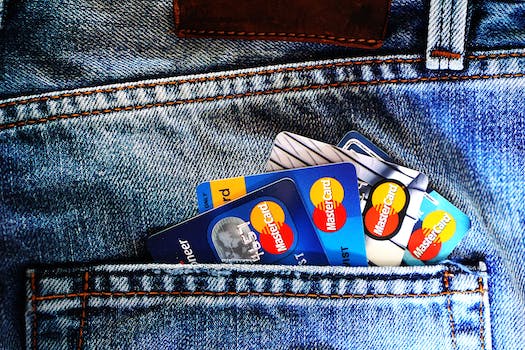Expensive debt
Credit cards charge high interest rates and are an especially expensive form of borrowing. However, they are a good way to build your credit score, if managed correctly. Clearing or paying off the outstanding balance every month means you shouldn’t be charged interest. If you fail to do this, the balance attracts interest on a compounding basis. Compound interest is interest charged on interest and can fast-track you to being a debt slave. It is vital to understand how compounding interest works and its impact on debt. Learn more by clicking the link below:
Credit cards and compound interest
Here is an example that highlights the true cost of credit card debt:
Let’s assume you have £1,000 of debt on your credit card, which doesn’t sound overly scary. If the interest rate is 17%, which is quite restrained for a credit card, the monthly repayments will be £25 a month or £300 a year. This is where it starts to get scary, from the £300 annual payment, £159 goes to interest, with only £141 reducing the debt – that’s less than 50% of your payments!
By the end of the year, you’ll still have a balance of £859, with 53% of the payments swallowed up by interest. It will take 5 years to pay off the debt and you’ll pay a whopping £484 in interest.
Credit card companies typically compound interest daily, not monthly, which results in even higher charges. By setting low minimum payment requirements, they encourage cardholders to extend their debt over longer periods, maximising the interest they collect.
How to reduce credit card interest:
- Pay off the full balance every month if possible – this way you’ll avoid interest charges completely.
- If you can’t pay in full, pay significantly more than the minimum payment. Target paying at least 20% of your balance each month.
- Make payments before the due date to avoid late fees and potential interest rate increases.
- Consider transferring high-interest balances to a card with a 0% introductory APR, but make sure to read the fine print and have a plan to pay it off before the promotional rate expires.
- Stop using the card while paying down the balance – continuing to make purchases while carrying a balance means you’ll immediately start accruing interest on new purchases.
- Set up automatic payments to avoid missing due dates. Even if you can only pay the minimum, this protects your credit score while you make additional manual payments.
- If possible, make payments multiple times per month rather than one monthly payment. This reduces your average daily balance, which is what interest charges are based on.
- Contact your credit card company to request a lower interest rate, especially if you have a good payment history with them.
Credit score and rating
A credit score is your financial reputation – it measures how reliably you handle borrowed money. When you consistently make payments on time and manage credit responsibly, your score improves, showing lenders you’re trustworthy. With a higher credit score, you’ll typically qualify for better interest rates and have an easier time getting approved for loans and credit cards.
Lenders use this score to determine how much risk they’re taking by lending to you, which affects the interest rates they offer. Credit card companies often give their lowest interest rates to customers with excellent credit scores.

APR and AER
Interest rates are often expressed as APR and AER. APR (Annual Percentage Rate) shows the total yearly cost of borrowing, including both interest and fees. AER (Annual Equivalent Rate) tells you how much interest you’ll earn on your savings over a year.
When lenders advertise a “representative APR,” that’s the rate they must offer to at least 51% of successful applicants. However, depending on your credit score, you might receive a different “personal APR.” If you have a strong credit history, you’re more likely to qualify for the representative rate or better. If not, you may be offered a higher rate than what’s advertised.
APR and AER make it easier to compare different financial products – whether you’re looking at loans, credit cards, or savings accounts – because they show the true annual cost or return.